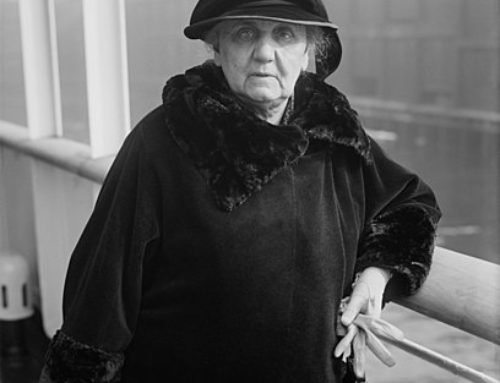In a gloomy year I found respite in reading a thoroughly enjoyable book. “The Partnership, The Making of Goldman Sachs” served as a good year-end tonic. Its author, Charlie Ellis, brought a unique perspective. His company, Greenwich Associates, comprehensively evaluated key financial services in banking, equities, derivatives, fixed income and investment management. Ellis chronicled Goldman’s tremendous efforts to build up individual departments so that the firm could be a world class competitor.
The Goldman Sachs saga entered a new stage in 2008. To survive, Goldman needed a $5 billion investment from Berkshire Hathaway, a federal $10 billion infusion and the borrowing privileges of a commercial bank. Overall, the federal government has provided possibly as much as $6 trillion of guarantees to the financial industry in order to fulfill its historic function of funding Main Street so that America can regain positive economic growth in 2009.
My enjoyment of the book reflected my 35-year Wall Street career. I worked almost exclusively for investment banks, becoming a managing director for Morgan Stanley, Goldman’s primary competitor. Competing against the best and the brightest was exhilarating. The thrill of making the deal kept me enraptured, especially if it involved innovative products.
With few exceptions, Goldman was built upon the moral foundation of integrity. This code was the guiding light of the man most responsible for Goldman’s ascendancy from tertiary status to its current legendary one — Sidney Weinberg.
Today, thoughtful observers have criticized the role of many former Goldman managing directors who hold important positions with governmental institutions. This willingness to serve the government stems from the legacy of Weinberg (1891-1969), a self-made high school dropout who became the pre-eminent investment banker of his era.
Unlike most financiers at the time, Weinberg reached out to President Franklin Roosevelt during the Depression. This friendship culminated in FDR asking Weinberg to organize the Business and Advisory Planning Council. Senior executives could present their views to the government through this organization, thus forming a bridge between government and business. Roosevelt was so impressed with Weinberg’s ability to handle touchy problems that he gave him the nickname “The Politician.”
John Weinberg, Sidney’s son, carried on his father’s legacy. John’s visiting General Electric home offices every month for 12 years in order to become its senior investment banker exemplified Goldman’s commitment to excellence.
Like Rome, Goldman was not built in a day. Goldman appointed first-rate managers to re-engineer a broad array of disparate departments with specialized expertise until they became world-class competitors. Over time, Goldman melded its disparate units into a cohesive collegial team. Its emphasis on cooperation starkly contrasted with most investment banks that sanctioned disparity and divergence under their corporate umbrellas.
Ellis faithfully recounted failures on the part of Goldman Sachs, specifically the Penn Central Railroad Co. commercial paper debacle in the 1970s. Penn Central went bankrupt with more than $80 million in commercial paper outstanding, most of it issued by Goldman Sachs.
Goldman had employed shoddy research, used excessive leverage, and sponsored faulty in-house hedge fund activities.
However, in the main, Goldman remained committed to first-class execution of business. Ironically, the failures of Citigroup, Merrill Lynch and Lehman Bros. stemmed from their inability to copy Goldman Sach’s enviable trading successes. These firms took enormous risks without possessing executives with sufficient experience to manage their outsized positions.
In conclusion, instead of criticizing Goldman’s commitment to public service, other blue-chip organizations should encourage their most capable executives to work for the government, especially since 20 percent of our gross national product flows through the public sector.
2008 was a terrible year. The five largest investment banks at the beginning of the year either morphed into commercial banks, merged into larger institutions or failed.
Fortunately, the government has thrown a lifeline. To survive, the financial industry requires significantly better regulation. Let us hope that in its new form, Goldman Sachs will serve as exemplar of the best Wall Street traditions.



